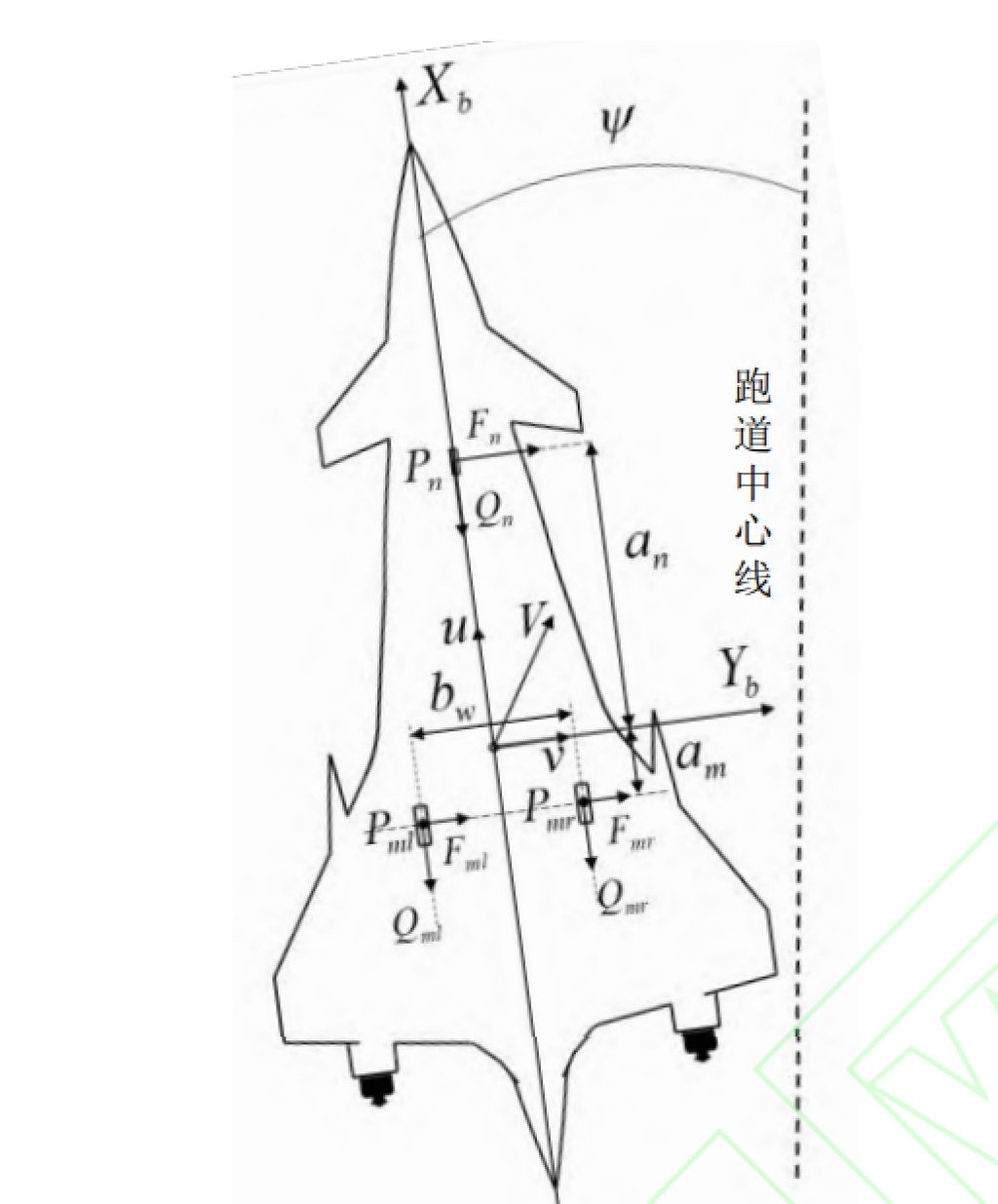China’s latest hypersonic test plane is using landing technology abandoned by Nasa
- Research team is testing skid landing gears instead of wheels, with the help of AI
- Nasa used skids for its X-15 rocket-powered aircraft more than six decades ago

Chinese researchers say they have revived a wheel-less landing technology invented by Nasa more than 60 years ago, and it is being used on the country’s latest hypersonic test plane.
Their prototype hypersonic aircraft – after travelling at five times the speed of sound or faster – will touch down on a pair of skids that unfold beneath it and slow the aircraft while keeping its nose straight ahead.
The skid landing system was developed, based on the existing technology, by Wei Xiaohui, a professor at the university’s key laboratory of fundamental science for national defence.

The test plane will be able to land at almost any airport “as long as it has a concrete air strip”, Wei and his team said in a paper published in the peer-reviewed Journal of Beijing University of Aeronautics and Astronautics last week.